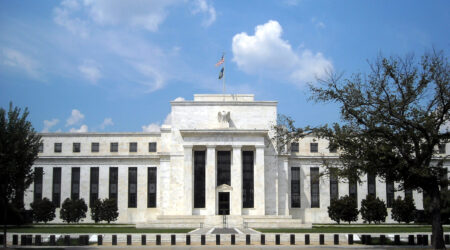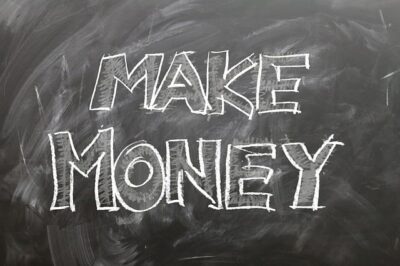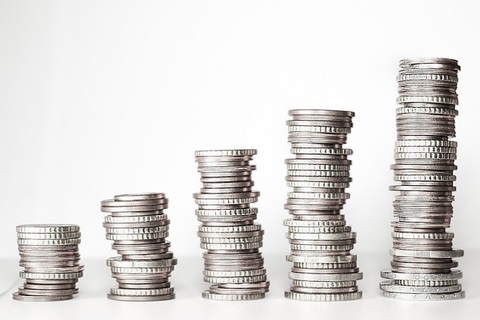Fed Funds Rate and Inflation. Part 1
Notice: This post has incorrect calculations for changes in the Fed Funds rate. See Fed Funds Rate and Inflation: Part 1 – Corrected.
How does CPI inflation vary as the Fed Funds rate changes? That is the next question in our investigation of possible cause-and-effect relationships for changes in inflation.

Marriner S. Eccles Federal Reserve Board Building, Wikipedia,
Creative Commons Attribution-Share Alike 3.0 Unported license.








